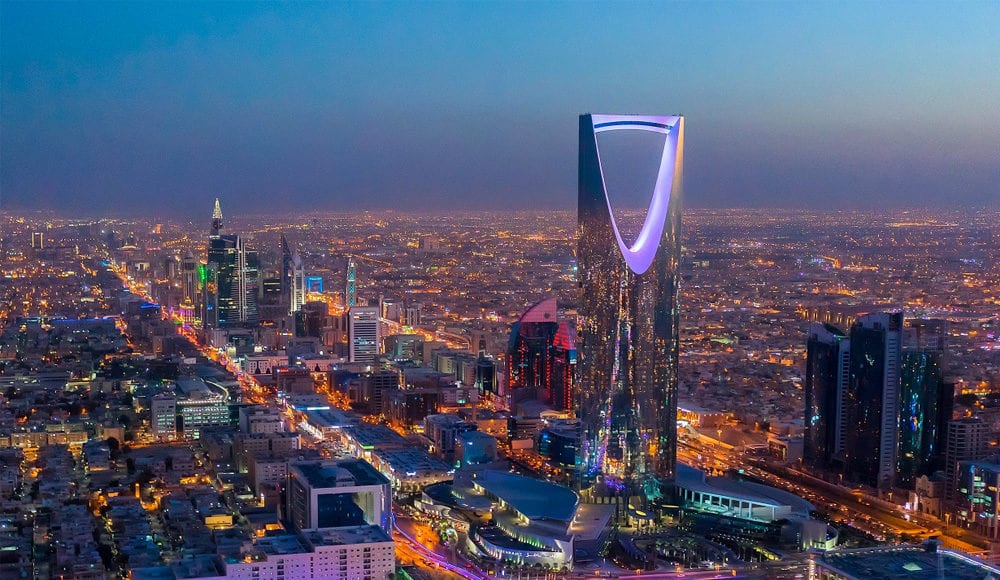(S&P Global Platts) In an isolated patch on the Red Sea coast, Saudi Arabia has unveiled a grand vision of a futuristic zero-carbon community called Neom, fueled by hydrogen, a showpiece for Crown Prince Mohammed bin Salman in his efforts to diversify the economy of the world’s top oil exporter.
The first phase of the project, a linear smart city spanning 170 km of desert and mountains, was announced to great fanfare in January. Dubbed “The Line,” it was described as a “blueprint for how people and the planet can co-exist in harmony” by the future king, with housing planned for 1 million residents at a cost of up to $200 billion.
“We need to transform the concept of a conventional city into that of a futuristic one,” Prince Mohammed, known commonly by his initials MBS, said at the time.
Its goals are lofty.
The Line will comprise carbon-positive urban developments powered by 100% clean energy. An ultra-high-speed transit network will allow an end-to-end journey to take no more than 20 minutes.
But plans are one thing, executing them are another.
No investors have yet to be announced beyond the Saudi sovereign wealth fund, and the project’s unprecedented scale and aspirations have many doubters.
“It is positive that they are thinking about this, but it is normal to be skeptical about such an ambitious project,” one Middle East-focused analyst told S&P Global Platts on the condition of anonymity. “It’s not entirely clear how it going to be funded.”
Only after a feasibility study is conducted might investors have some confidence in the project, the analyst added.
However, the utility of The Line may not be as important as the symbolism it represents for Saudi Arabia, Angela Wilkinson, CEO of the World Energy Council, told S&P Global Platts.
“What I think Saudi Arabia is trying to do with this project is create a global exhibition space that says, ‘We have design and innovation, and we are thinking about how to shape the future,'” Wilkinson said. “It has a respectable ambition behind it. I think Saudi Arabia is trying to say, ‘Allow us to breathe and have a story that is positive about our future.”
Envisioning the future
Under the leadership of MBS, the kingdom has been attempting to radically transform its economy to end its dependence on its lifeblood oil industry.
Saudi Arabia pumps about 10% of the world’s oil supply and holds almost one-fifth of global crude reserves, but low prices have strained state finances of late, with its 2020 budget incurring a deficit of 12% of GDP.
MBS intends for The Line to be a key component of his signature Saudi Vision 2030 initiative to drive diversification, and the development aims to contribute 380,000 jobs of the future and SAR180 billion ($48 billion) to domestic GDP by 2030.
But several other projects announced under Vision 2030 have fallen by the wayside. They include an ambitious plan by Japanese financiers SoftBank and the kingdom’s Public Investment Fund to build 200 GW of renewables, which was announced in 2018 but has not been mentioned in recent years.
At Neom, Saudi Arabia has a $5 billion joint venture with Air Products to produce 4 GW of renewable energy by 2025 to support a hydrogen-based economy that can produce fertilizers, chemicals and oil derivatives. Up to 1.2 million mt/year of ammonia produced from hydrogen by the JV will be available for export, officials have said.
But for now, Neom only has a few gas wells and a gas processing plant used to fuel a 574-MW power plant.
Seeing is believing
Such ambition requires serious investment. With the kingdom’s economy floundering, plus the global economic impact of the pandemic potentially limiting the scope of foreign investment, financing the projects will be difficult.
“Saudi Arabia has a history of coming out with these massive projects,” a Gulf-focused consultant said, asking not to be named to preserve sensitive business ties in the kingdom. “The sentiment is, ‘I’ll believe it when I see it.’ We’ve been here so many times before.”
Wilkinson said The Line could be a test bed for energy innovations that can influence the future design of urban areas. While the idea of building a city in one long, straight line is unconventional, to say the least, advances in ultra-fast travel could prompt city planners to adopt less traditional shapes and forms, she said.
“There is always going to be a diversity in models in smart cities, but smart means that they’re livable, not just all about technology, and that they are still cultural centers, not just utilitarian spaces,” Wilkinson said. “How does a city represent a healthy, viable ecosystem, and what is the underlying energy system needed that enables everybody to coexist and flourish together?”
The stakes are critical, especially for the credibility of MBS, as Saudi Arabia’s de facto leader.
Saudi officials have maintained they see a key role for oil and gas in the global economy for decades, but there is a growing sense the momentum behind energy transition cannot be ignored.
With The Line and Neom, Saudi Arabia is aiming high, hoping that vision and ambition can propel the kingdom forward.



